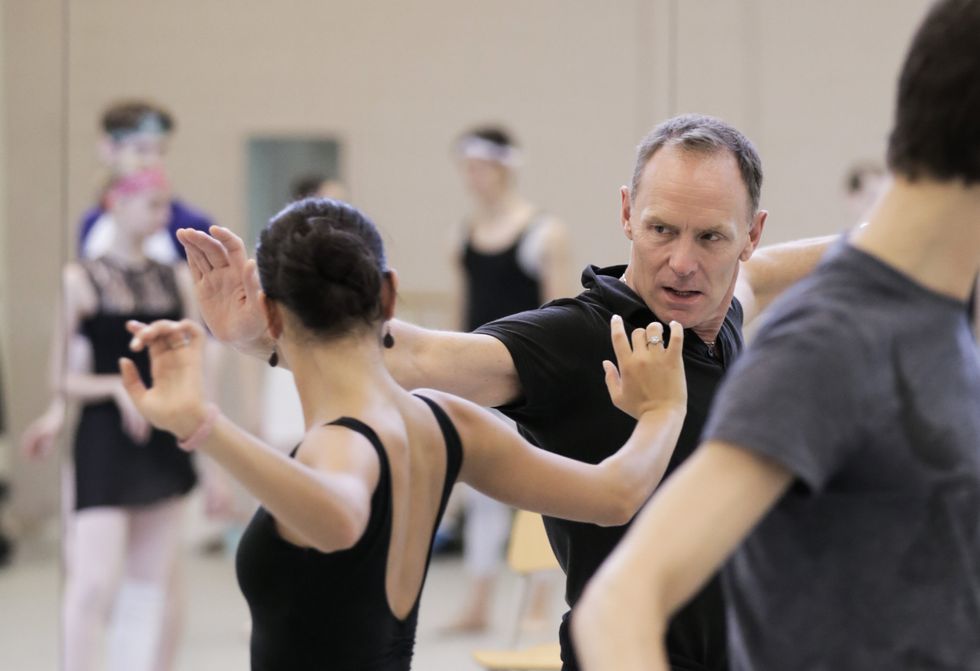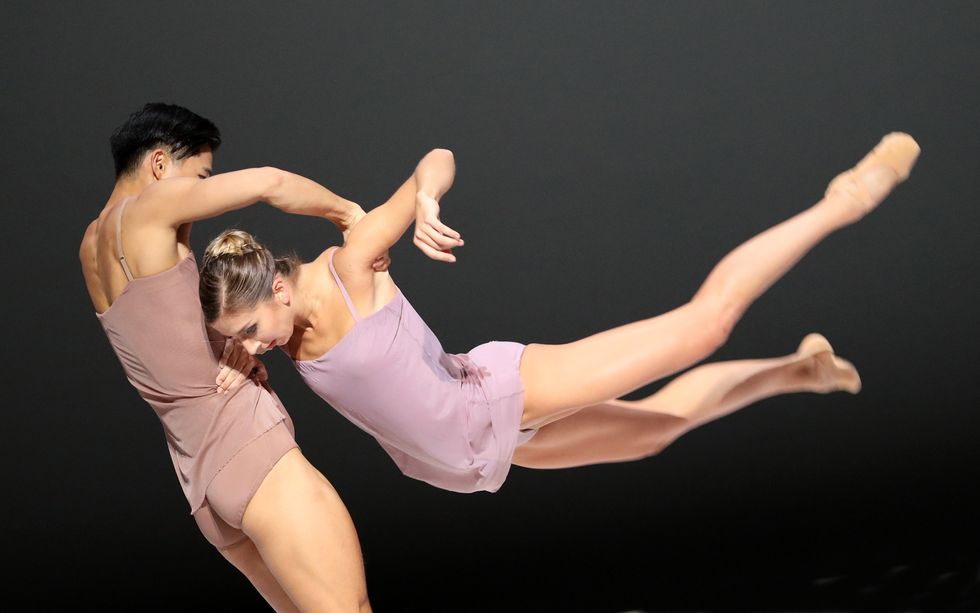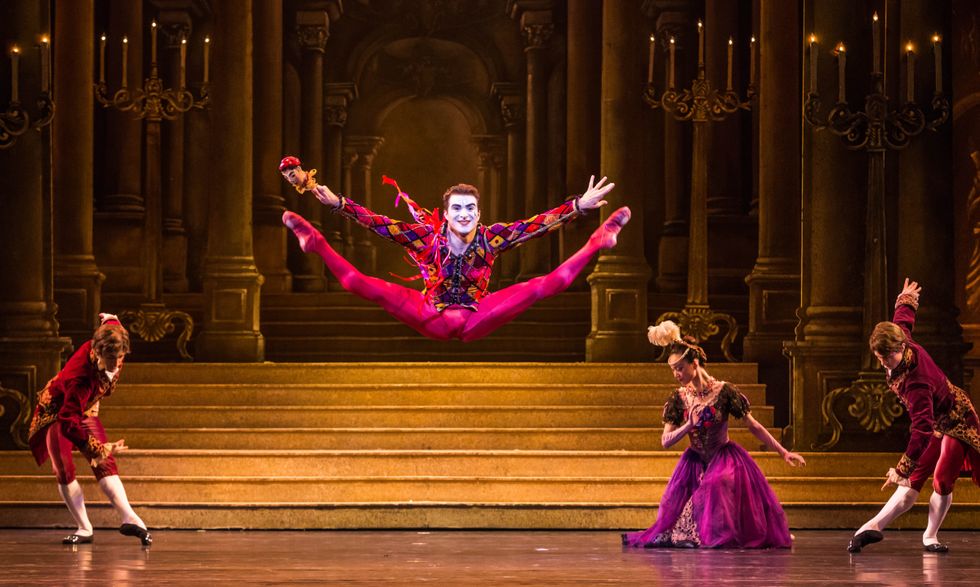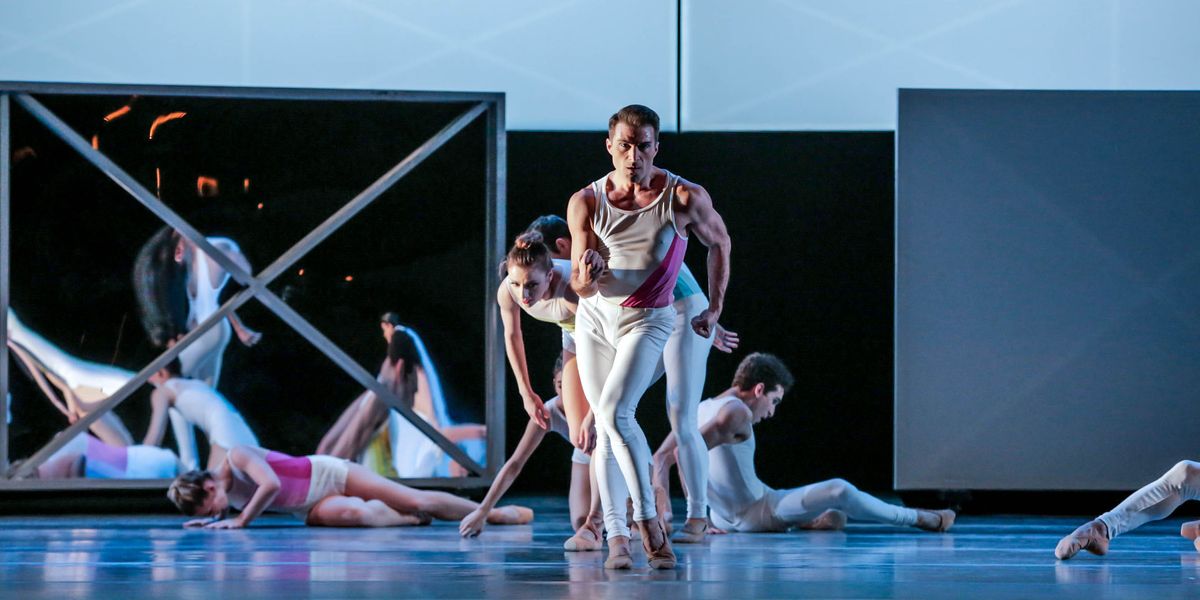Do Company Ranking Systems Help or Hinder Dancers?
Over eight years, Sasha Mukhamedov rose through Dutch National Ballet to become a principal dancer in 2016. Of its ranks—aspirant, élève, corps de ballet, coryphée, grand sujet, soloist and principal—she skipped élève and grand sujet along the way. “In having these levels, if you feel you’ve done well and your director is happy and promotes you, it gives you this motivational push knowing you made it one step closer to what you’ve dreamed of,” she says.
Many large European ballet companies have preserved the traditional multi-runged ladder of rankings, which originated with the Paris Opéra Ballet. (DNB dropped the aspirant level in 2013 with the addition of its second company.) Others, like The Royal Ballet, the Bolshoi Ballet, Dresden Semperoper Ballet, the Mariinsky Ballet and English National Ballet retain at least five levels.

Sasha Mukhamedov in The Sleeping Beauty. Photo by Marc Haegeman, courtesy DNB
Meanwhile, even the largest American companies—American Ballet Theatre, New York City Ballet and San Francisco Ballet—distill the categorizations to corps de ballet, soloist and principal (apart from SFB, with its principal character rank). And The Joffrey Ballet, in the spirit of American democracy, levels all classifications with its egalitarian all-star/no star system.
Promotion As Motivation
Ted Brandsen, artistic director of DNB, says he initially wanted to make the ranking system less hierarchical. “But the dancers didn’t want that,” he says. They liked the idea of a graduated progression, and he came to agree. “It gives dancers something to aspire to and a sense of clarity about where they stand,” he says. “And it gives me the possibility to reward dancers and promote them.”

That’s particularly true in the rankings below soloist, where dancers often demonstrate a wide variety of expertise. The position of coryphée is a common distinction in Europe. “A coryphée can be a super trooper who has proven her worth and galvanizes the corps,” says Brandsen. “Or it can be a talented younger dancer who has been able to dance a couple of roles that show her aptitude.”

Out of ABT’s 93 dancers (including a small number of apprentices), the corps level is bottom-heavy, with 60 dancers. “I think having an additional level like coryphée would be nice to recognize the achievements of exceptional corps dancers, especially those who may never be promoted,” says ABT principal Isabella Boylston. “It’s a way to distinguish them for their dedication and exceptional artistry.”
On the other hand, Ashley Wheater, artistic director of The Joffrey Ballet, advocates for the non-ranked system to give dancers more opportunities to perform. “We recognize each dancer for their achievement in a particular role, rather than offer a title,” says Wheater. “This model encourages us to think as a company, rather than as individual dancers.”
Casting Considerations

Sasha Mukhamedov in Wayne McGregor’s Chroma. Photo by Hans Gerritsen, courtesy DNB
For Mukhamedov, dancing classical pas de trois and pas de deux as a soloist was a crucial career milestone. “You get so much stage experience that you’re really ready to be out there alone and comfortable,” she says.
But the European ranking structure can result in potential clashes with choreographers. “I don’t want to be institutionalized to the point where we can’t deviate from the ranks,” says Brandsen. “But I would never put a principal as second cast to someone much more junior.”
 Ted Brandsen says that though he supports some flexibility in the ranks, he is somewhat limited by them when casting. Photo by Angela Sterling, courtesy DNB
Ted Brandsen says that though he supports some flexibility in the ranks, he is somewhat limited by them when casting. Photo by Angela Sterling, courtesy DNB
In a streamlined hierarchy like ABT’s, a dancer has to make herself distinct and not blow a single standout opportunity. Corps dancers who understudy soloist roles must be prepared to jump in at a moment’s notice without the expectation of a promotion.
Joffrey dancer Derrick Agnoletti says the scope of roles he performs makes him a better dancer. “In a non-ranked company you have to diversify your skills as a soloist and work together in the corps,” he says. In one evening he can dance a principal role in a Wayne McGregor piece and a corps de ballet role in a Justin Peck ballet. There are, however, de facto rankings within The Joffrey. You’ll seldom, if ever, see veteran stars like Victoria Jaiani or Fabrice Calmels in the corps of a classical piece.

Derrick Agnoletti in Cinderella. Photo by Cheryl Mann, courtesy The Joffrey Ballet
But does the non-ranked system overtax dancers who are performing corps and soloist roles? “When there are injuries or absences, the company binds together and every dancer helps each other out,” says Agnoletti.




